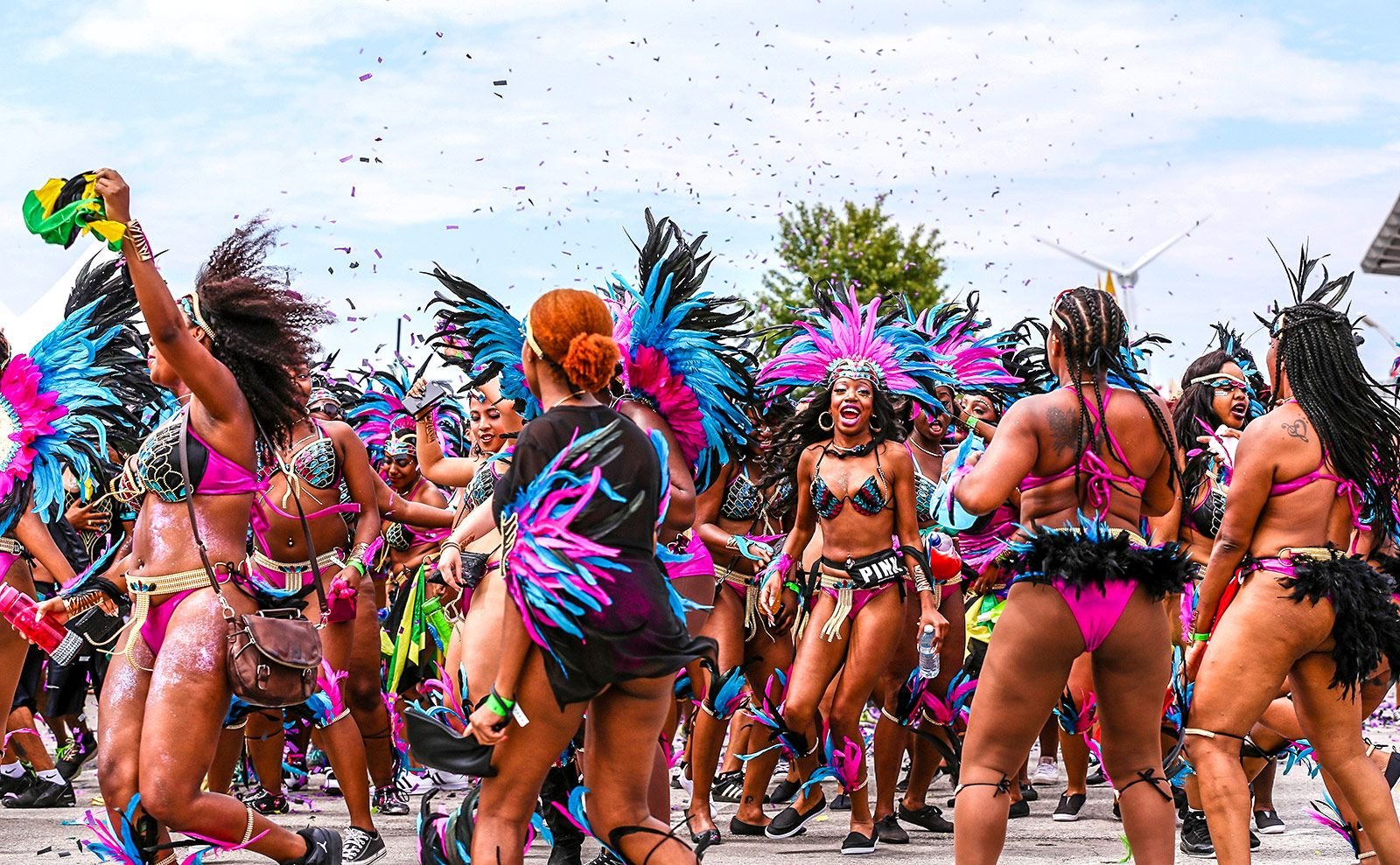
History Jamaica Carnival
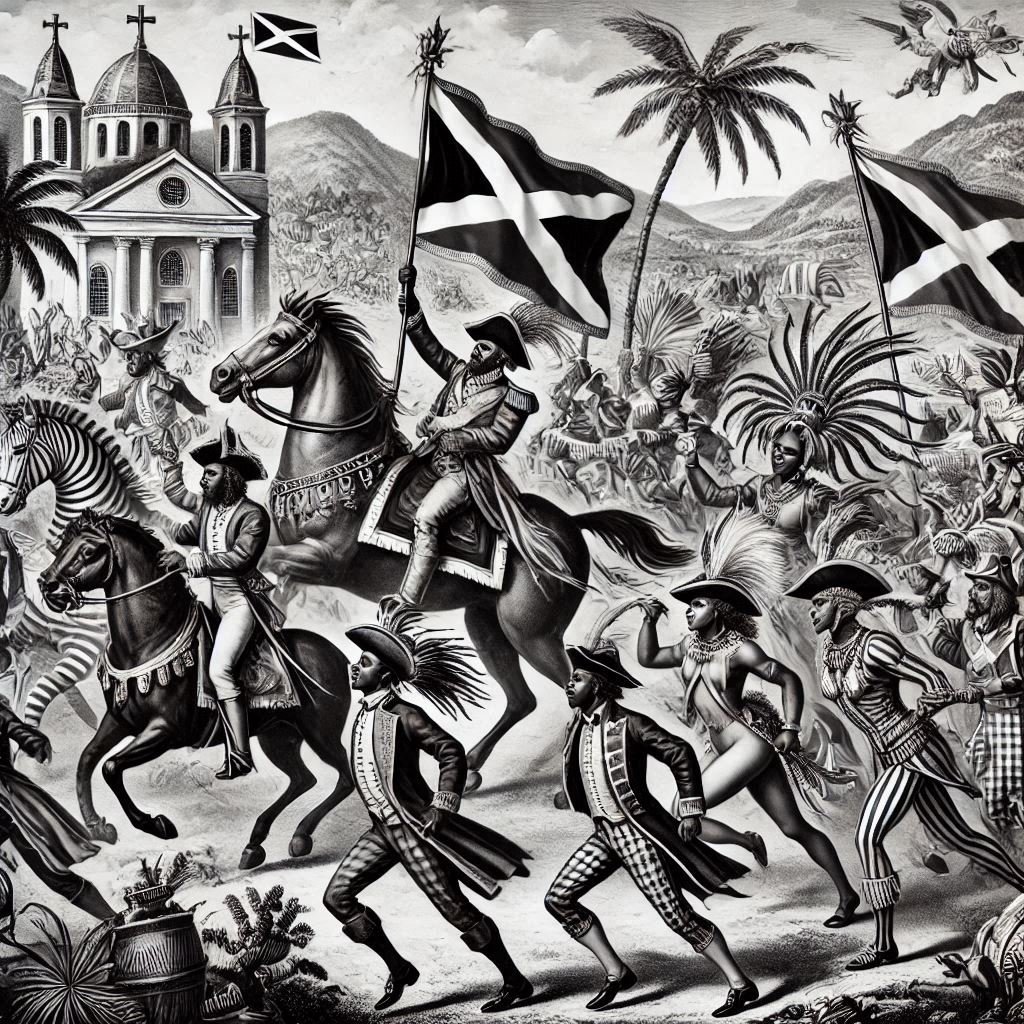
Colonial Era
The Birth of Carnival
The origins of Trinidad and Tobago Carnival date back to the colonial era, where enslaved Africans blended their cultural practices with European influences.
French settlers brought Carnival traditions, including masquerades and costumes, which were initially restricted to the European colonists. In response, enslaved Africans created their own celebrations, merging African drumming, dancing, and rituals with French Carnival customs.
One such celebration, the "Canboulay," honored the sugarcane harvest and involved symbolic acts of resistance. This fusion of African and European traditions laid the foundation for modern-day Carnival, shaping it into a unique cultural celebration.
History
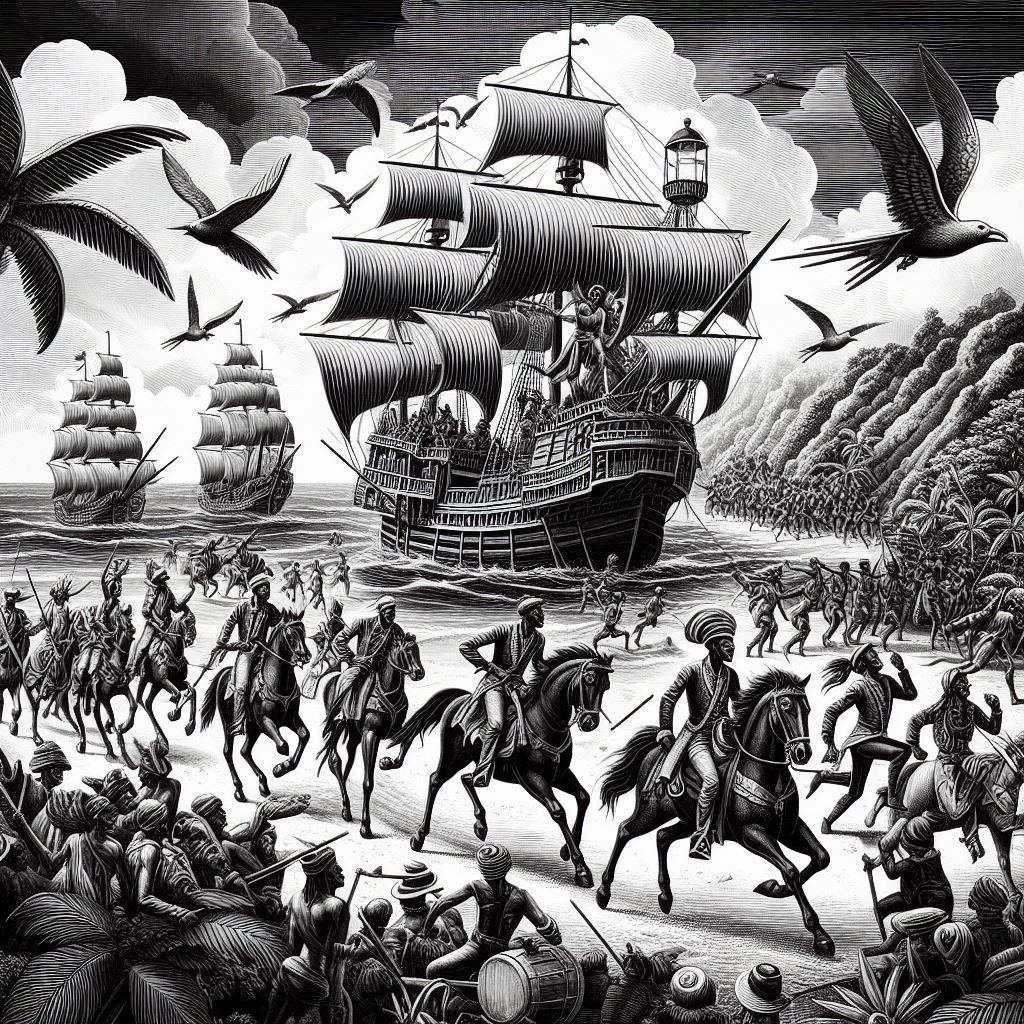
1990s- 1960s
The Rise of Calypso
Calypso's rise was also fueled by the creation of the Carnival's official music competitions. The Calypso Monarch competition, established in the 1930s, became a prestigious event, and the genre gained further national attention.
As Trinidad moved closer to independence in 1962, calypso mirrored the growing sense of nationalism and pride. It served not only as entertainment but as a vehicle for social change and self-expression, reflecting the hopes of a newly emerging post-colonial identity.
Between 1900 and the 1960s, calypso music became a central part of Trinidad and Tobago’s Carnival, using satirical lyrics to address social and political issues like colonialism, independence, and the working class's struggles. Artists such as Lord Kitchener, Mighty Sparrow, and Invader became the voice of the people.
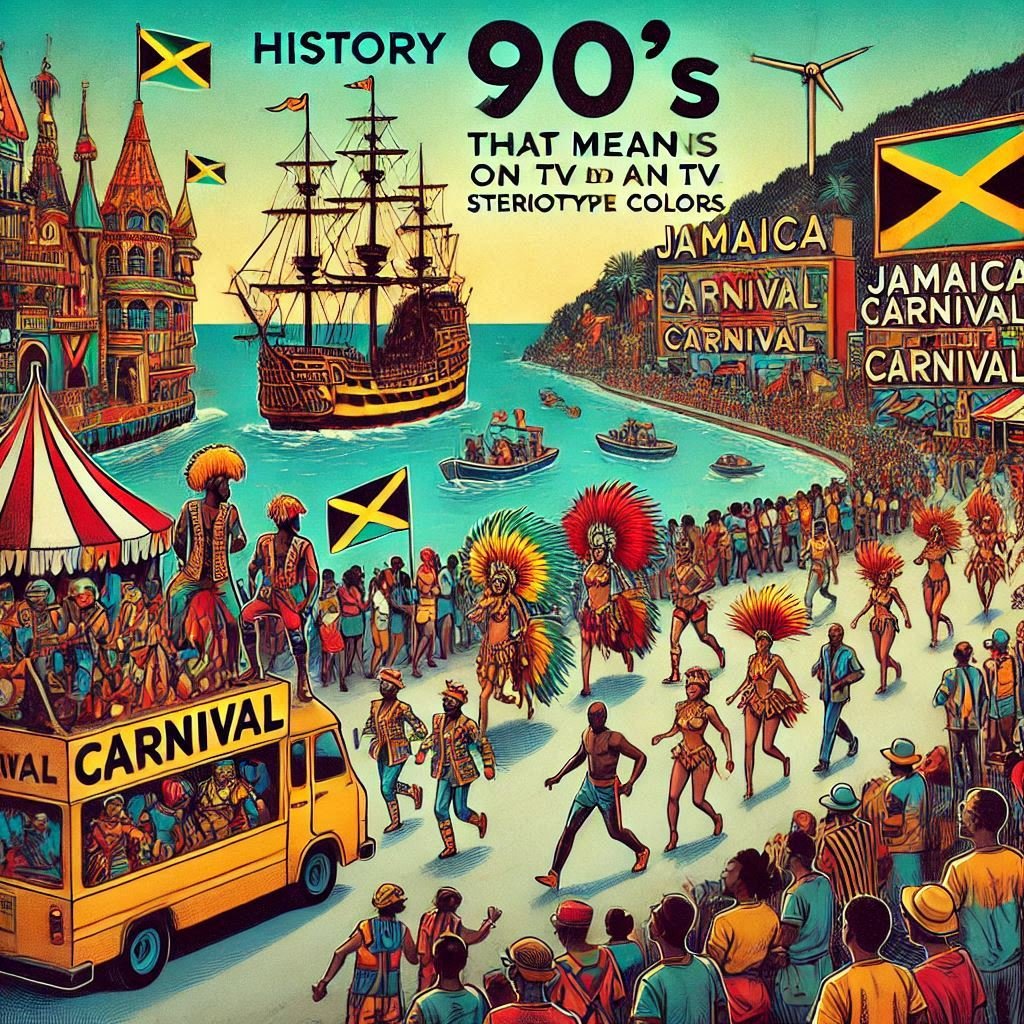
1970s-2000s
The Globalization of Trinidad Carnival
Soca music, introduced by artists like Lord Shorty, blended calypso rhythms with more energetic, dance-driven beats, propelling the Carnival into the spotlight.
This transformation marked a new chapter in Carnival's evolution, with soca becoming the heartbeat of the festival and its music being embraced beyond the island.
During this period, Carnival expanded, attracting global visitors with large road parades, elaborate costumes, and mass participation. Events like Panorama and the Calypso Monarch competition, blending traditional and contemporary calypso and soca, solidified Carnival's status as a dynamic cultural force.
By the 1970s, Trinidad and Tobago's Carnival began gaining global recognition, drawing international attention to the island’s rich cultural traditions.
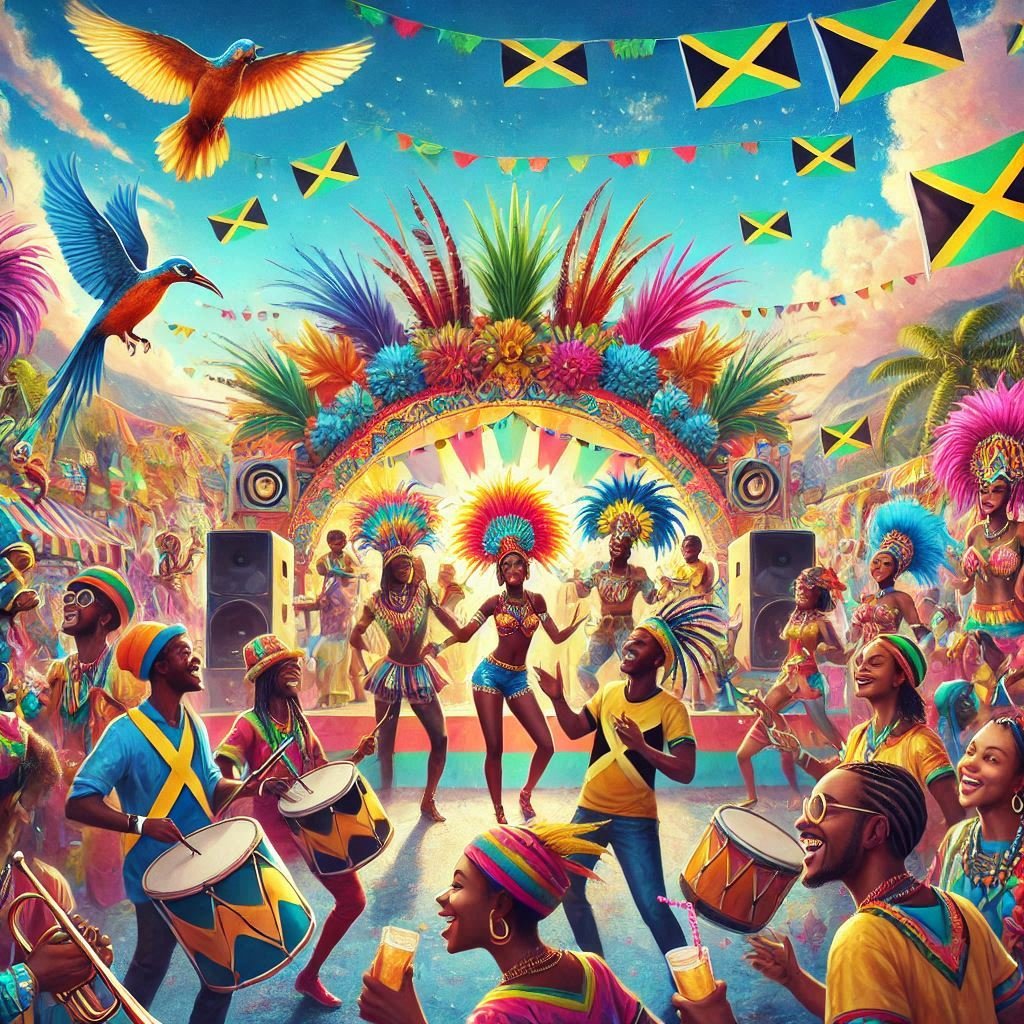
Present Day
A Cultural and Economic Powerhouse
The modern Carnival is a well-organized, visually stunning event, featuring mass bands with elaborate costumes. Social media and livestreams have expanded its global reach, bringing the celebration to audiences worldwide.
The Trinidad Carnival has become a major economic driver, boosting tourism, hospitality, and entertainment. Its cultural influence extends globally, shaping music, fashion, and dance while celebrating Trinidadian resilience, creativity, and unity.
Today, Trinidad Carnival is one of the world's largest and most iconic celebrations, attracting millions globally. While soca remains central, the festival now blends genres like calypso, dancehall, chutney, and EDM, creating a vibrant fusion of music and culture.
Cultural Impact













